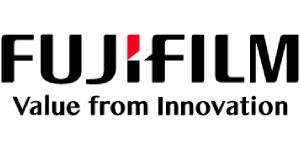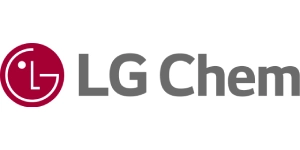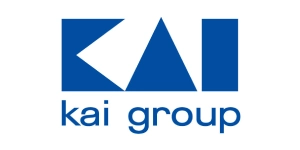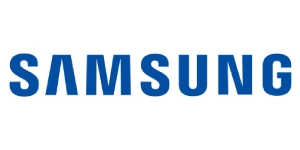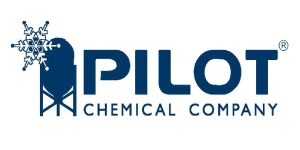Top Trends Shaping the Modular Data Center Market: Enabling Scalable Cloud and AI Infrastructure
Category : IT And Telecommunications | Published Date : May 2025 | Type : Press Release
As the global population grows and data consumption patterns evolve, the demand for faster deployment, cost efficiency, and increased scalability has reached unprecedented levels. Modular data centers are placed anywhere data capacity is needed. It requires fewer resources, less power and offers efficient scalability options. In 2025, the modular data center market is witnessing significant shifts, fueled by scalable cloud & AI infrastructure driving needs, rising adoption by small and medium enterprises (SMEs), focus on sustainability & energy efficiency, increasing adoption of prefabricated and all-in-one modules, and growth in colocation and hyperscale deployments. This article explores the key trends driving the modular data center market in 2025 and how they are helping meet data demands more intelligently.
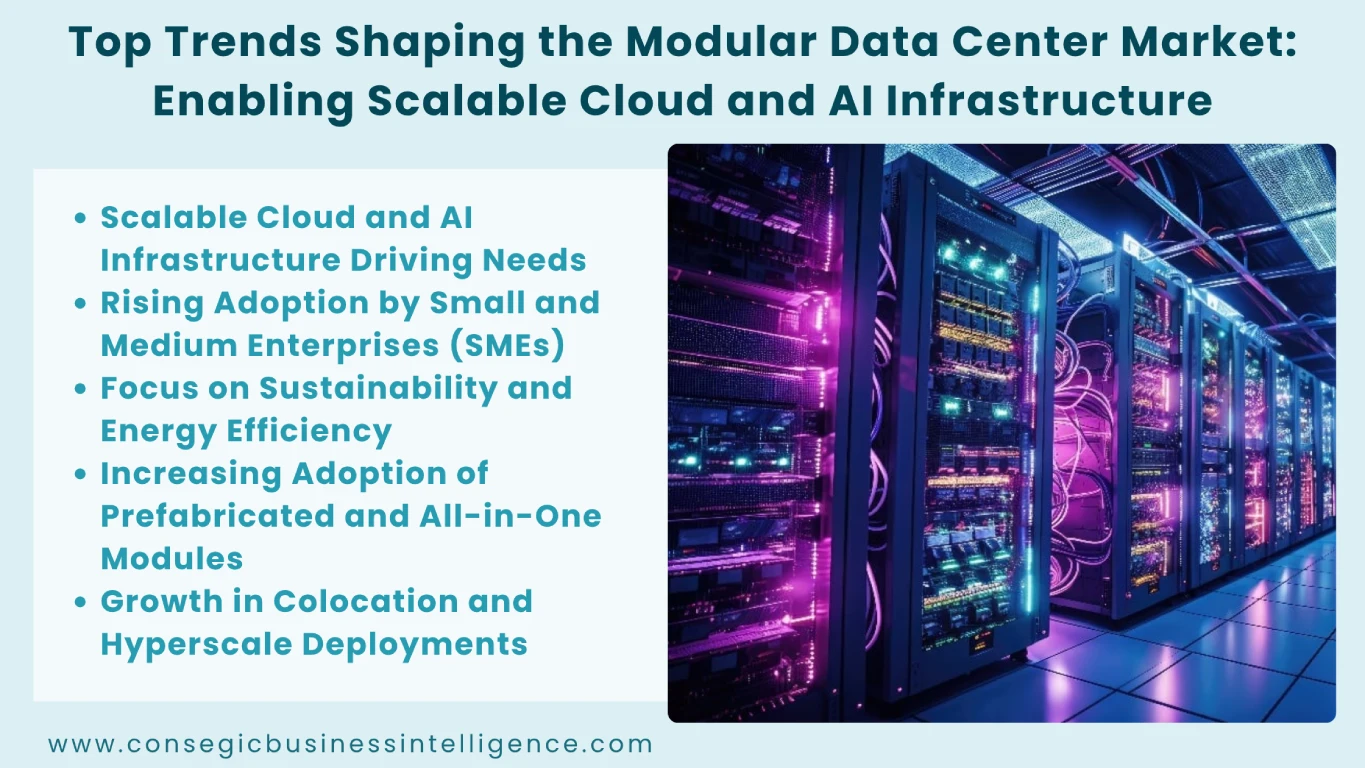
1. Scalable Cloud and AI Infrastructure Driving Needs
One of the most transformative trends in 2025 is the increasing use of cloud computing and AI. Cloud computing adoption and artificial intelligence (AI) workloads are increasingly becoming prevalent. This demands a highly scalable and efficient data center infrastructure. Traditional brick-and-mortar data centers struggle to keep pace with the dynamic nature of cloud, hybrid cloud, and AI workloads. This leads to over-provisioning or capacity bottlenecks.
Modular data centers, with modular server racks, provide the agility and flexibility required to support these demanding environments. Their prefabricated, standardized designs allow for rapid deployment and incremental scaling. It enables organizations to expand their infrastructure precisely when and where needed. This minimizes upfront costs and maximizes resource utilization. As focus on cloud native architecture and AI workloads surge, there is a need for scalable infrastructure to overcome the limitations of traditional facilities, pushing manufacturers to innovate continuously.
2. Rising Adoption by Small and Medium Enterprises (SMEs)
The compelling advantages offered by modular solutions are another major factor influencing the modular data center market. Unlike large enterprises, SMEs have more limited budgets and less predictable growth trajectories. Modular data centers provide a cost-effective entry point. SMEs add or remove modules as their needs change. This ensures they only pay for the capacity they require, without overspending. This scalability allows for on-demand growth and adaptation.
Moreover, modular data centers are designed with energy efficiency in mind. This reduces energy consumption and lowers operating costs. SMEs also easily redeploy modules to different locations and reconfigure them to meet evolving business needs. As demand for cost-effective and scalable solutions increases, modular solutions will empower SMEs with adaptable, energy-efficient infrastructure.
3. Focus on Sustainability and Energy Efficiency
The growing focus of industries towards the increasing energy costs on a yearly basis, along with the rising concerns towards the environment, has led to the increase in adoption of eco-friendly practices with a focus on sustainability and energy efficiency. Modular designs help in expediting the process towards integration of advanced cooling techniques and renewable energy sources, thereby reducing the reliance on traditional methods.
The scalability feature of modularity allows for deployments, reducing the wastage of energy. The ease of including IT hardware of energy-efficient nature along with optimized power distribution systems further contributes to lower power usage effectiveness (PUE) values. Overall, the confluence of advantages of modularity and focus on sustainability is leading to a new generation of data center automation that is significantly more environmentally responsible and cost-effective.
4. Increasing Adoption of Prefabricated and All-in-One Modules
Prefabricated modules, also known as containerized data centers, are built and integrated into controlled environments. They offer several advantages such as reduced on-site construction complexity, costs, and faster deployment times, amongst others. All-in-one modules encapsulate the infrastructure of an entire data center by combining power and equipment related to IT automation, among others. This approach helps in the process to be more efficient, thereby reducing the requirement for extensive on-site integration.
The rise in demand for scalability with a focus on quick capacity expansion is further contributing to the increasing preference for these solutions. Additionally, the capacity to leverage factory-based assembly is further contributing to an increase in continuous quality as well as an increase in savings related to cost, thus making prefabricated and all-in-one modules a suitable choice for companies that are focusing on efficient modular data center solutions.
5. Growth in Colocation and Hyperscale Deployments
Colocation providers provide a modern approach to expedite the delivery process by offering tailored, specific solutions with respect to the clients. This helps them to achieve an enhancement in energy performance as well as efficiency in the cost. Similarly, hyperscale operators use modularity for optimizing energy consumption and to scale in a cost-effective way in their large-scale facilities.
In addition to this, the agility of modular data centers eases the deployment of edge computing infrastructure, leading to the processing power brought closer to end users. This confluence of flexibility, scalability, and efficiency is making modular data centers an increasingly preferred strategic choice for both colocation facilities and hyperscale data centers.
Conclusion
The modular data center market in 2025 is characterized by a strong drive towards scalability and efficiency, fueled by the demands of cloud computing and AI. This is coupled with increasing adoption by SMEs seeking cost-effective growth solutions and a significant emphasis on sustainability through energy-efficient designs. Furthermore, the rising preference for prefabricated and all-in-one modules underscores the need for rapid deployment and simplified integration, solidifying modularity as a key strategy for colocation and hyperscale deployments. Stakeholders who embrace these emerging trends will be better positioned to lead the market.


